Golf Club Local Rules
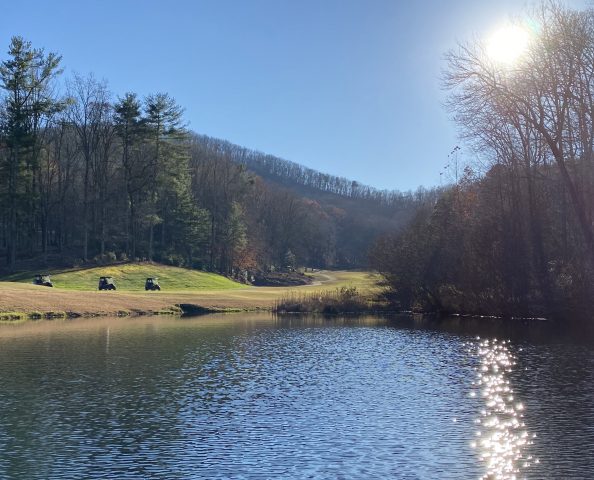
Rules of Play
Play is governed by the current USGA Rules of Golf, any breach of a rule unless otherwise specified is two strokes in stroke play and loss of hole in match play.
Summer Rules
The ball is to be played as it lies except as noted in Winter Rules Preferred Lies as defined below.
Preferred Lies (Lift Clean & Place)
Known as WINTER RULES (Model local rule 8E-3)
In effect, November-March (winter rules), regardless of course conditions.
In effect when the course is Cart Path Only all year long.
- - Ball Location: When the ball lies in the General Area on grass cut to fairway height or first cut of rough. Note: Treeline to Treeline is NOT allowed, nor is pine straw, mulch, or wooded areas.
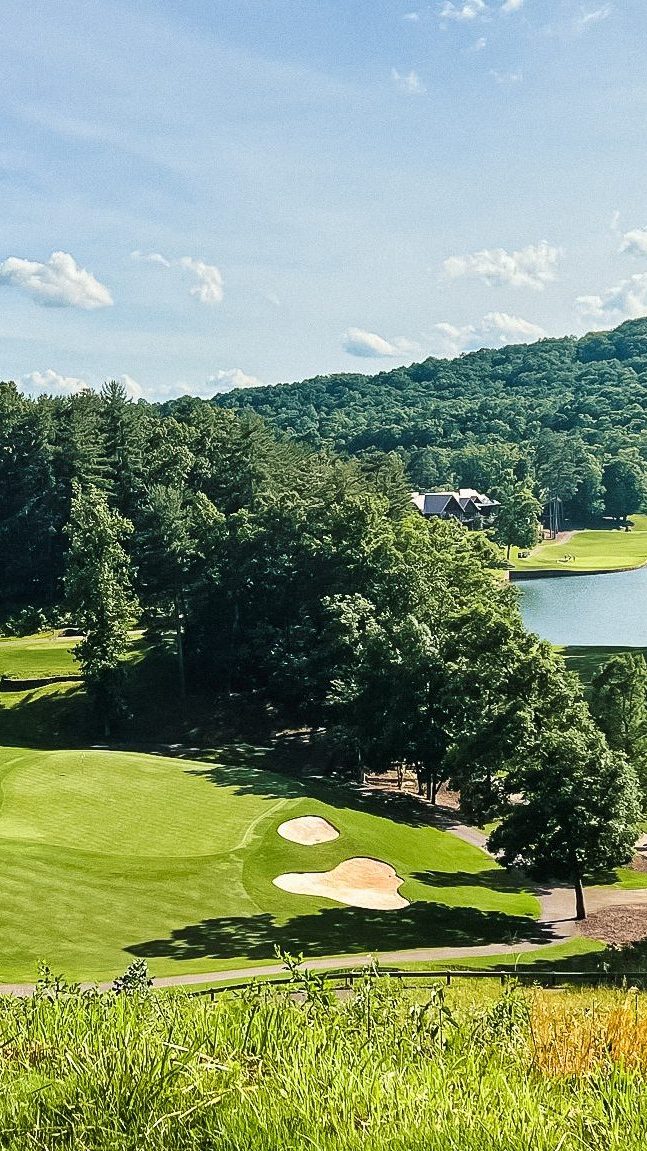
- - Relief: The player may take free relief once by placing the original ball or another ball in and playing it from the relief area defined below:
- - Reference Point: Spot of the original ball.
- Size of Relief Area Measured from Reference Point: One club-length, from the reference point,
but with these limits:
- Limits on Location of Relief Area:
- Must not be nearer the hole than the reference point, and
- Must be in the general area on grass cut to fairway height and first cut of rough. Must keep the same conditions when placing the ball. If taking relief from rough, place ball back on rough, same for fairway relief.
- In proceeding under this Local Rule, the player must choose a spot to place the ball and use the procedures for replacing a ball under Rules 14.2b(2) and 14.2e. No need to mark the ball before lifting it, Rule 141a.
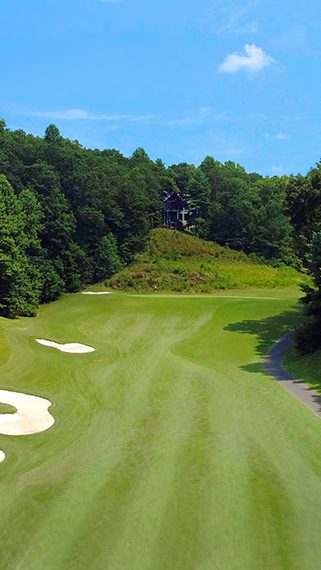
Sodded Areas are Considered No-play Zones
- Free relief is available from any sodded grass, which is considered a No Play Zone even if not marked. If your ball rests on or your stance is on any sodded area that is not fully healed, you MUST take full relief at the Nearest Point of Complete Relief, no closer to the hole. When a ball is in the No Play Zone within the penalty area, the ball must not be played as it lies, and relief must be taken from interference by the No Play Zone under Rule 17.1e. See Model Local Rule E-8.2 for further guidance.
Aeration Holes
If a player’s ball lies in or touches an aeration hole:
- - The Ball is in the General Area. The player may take relief by dropping the ball under Rule 16.1b. If the ball comes to rest in another aeration hole, the player may take relief again under this Local Rule.
- - The ball is on Putting Green. The player may take relief by placing the ball under Rule 16.1d.
Interference does not exist if the aeration hole only interferes with the player’s stance or, on the putting green, on the player’s line of play.
Additional Relief Options for Penalty Area Along Certain Cart Paths
Applicable to the following cart path locations:
Creek 2 left side
Choctaw 3 & 8 left side
Cherokee 2, 3 & 8 right side
Along the cart paths on the above holes, red arrows painted on the path physically define the Penalty Areas. These arrows represent a continuous line from the arrow to arrow. While the arrows themselves are physically painted on the cart path, the line itself is off the cart path on the PA side, and the cart path itself is outside the Penalty Area. As an extra relief option, the nearest point of complete relief will be on the fairway side of the cart path. Go to the fairway side, drop at the nearest point of complete relief. The relief area is 1 club length. Add 1 Penalty Stroke for taking PA lateral relief from the Red Penalty Area from where the ball last crossed. If a DZ is available, you may use that as an additional option.
Alternative to Stroke & Distance for a Ball That is Lost or out of Bounds
Note: This Local Rule CANNOT be used for an unplayable ball, or for a ball that is known or virtually certain * to be in a penalty area. If a provisional ball is played, then the provisional ball must be used.
When a player’s ball has not been found (lost) or is known or virtually certain* to be out of bounds, the player may continue as follows rather than proceeding under stroke and distance.
For two penalty strokes, the player may take relief by dropping the original ball or another ball in the relief area described below.
- Drop the ball in a wide arc between the point where the ball is estimated to have come to rest on the course for a lost ball or for a ball having gone Out of Bounds (OB) the point it crossed the course boundary, then two club-lengths into the edge of the fairway of the hole being played, not nearer the hole. If a ball is estimated to be lost on the course or last crossed the edge of the course boundary short of the fairway, the fairway reference point may be a grass path or a teeing ground for the hole being played cut to fairway height or less. See Model Local Rule E-5 for a full explanation of the relief area.
Temporary Immovable Obstructions (TIO): Cooling Fans
You may take relief for both physical and line of sight interference per USGA Rules of Golf, Model Local Rule, F-23
- Reference Point: The nearest point of complete relief where both physical and line of sight interference no longer exist.
- Size of Relief Area from Reference Point: The entire area within one club-length from the reference point, but with these limits:
- Limits on Location of Relief Area:
Must be in the general area, not in a bunker or penalty area
Must not be nearer the hole than the reference point, and
There must be complete relief from both physical and line of sight interference by the TIO.
Immovable Obstructions
- Paved cart paths and yardage markers are immovable obstructions. You may take free relief at the nearest point of relief plus 1 club length.
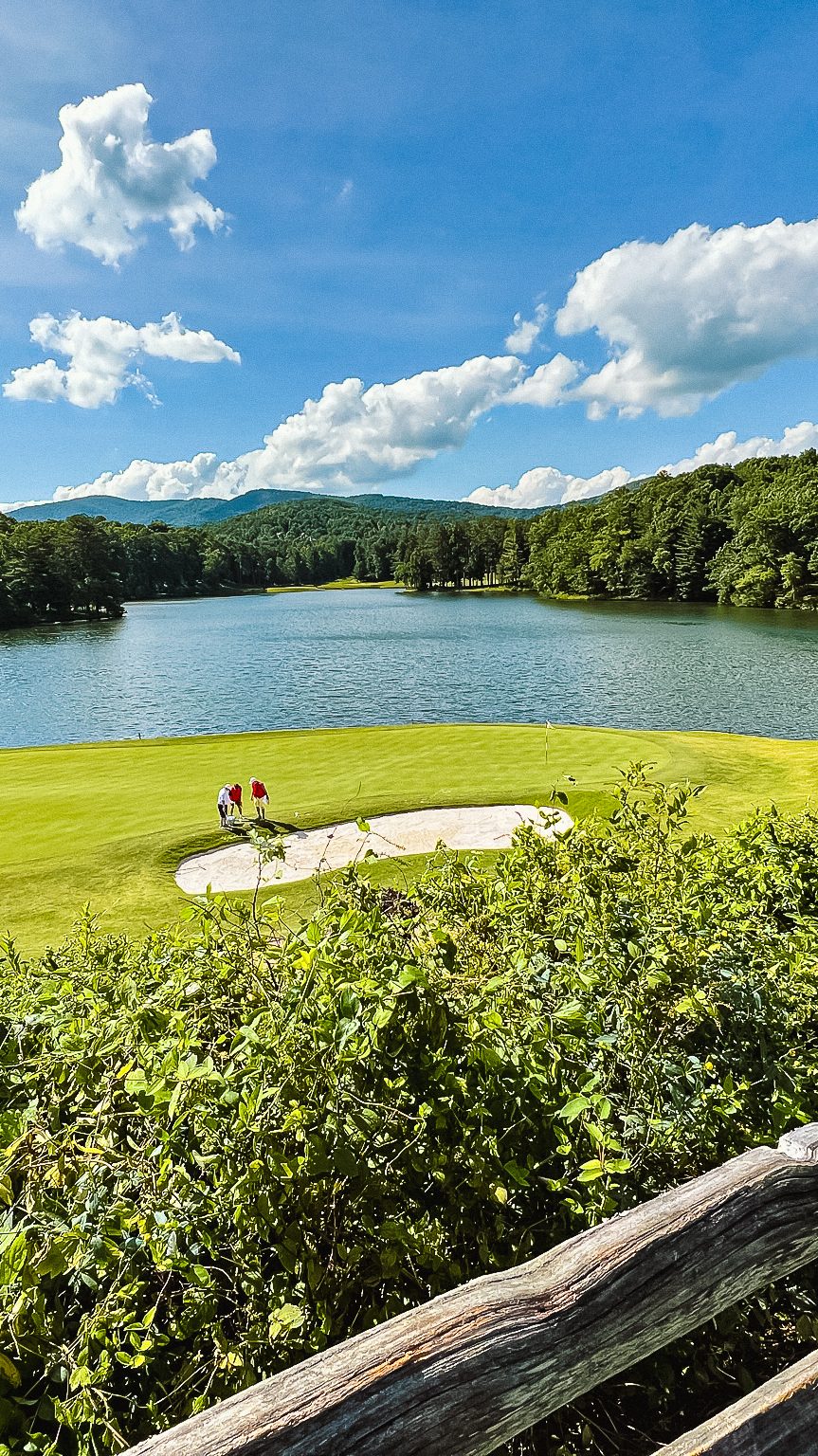
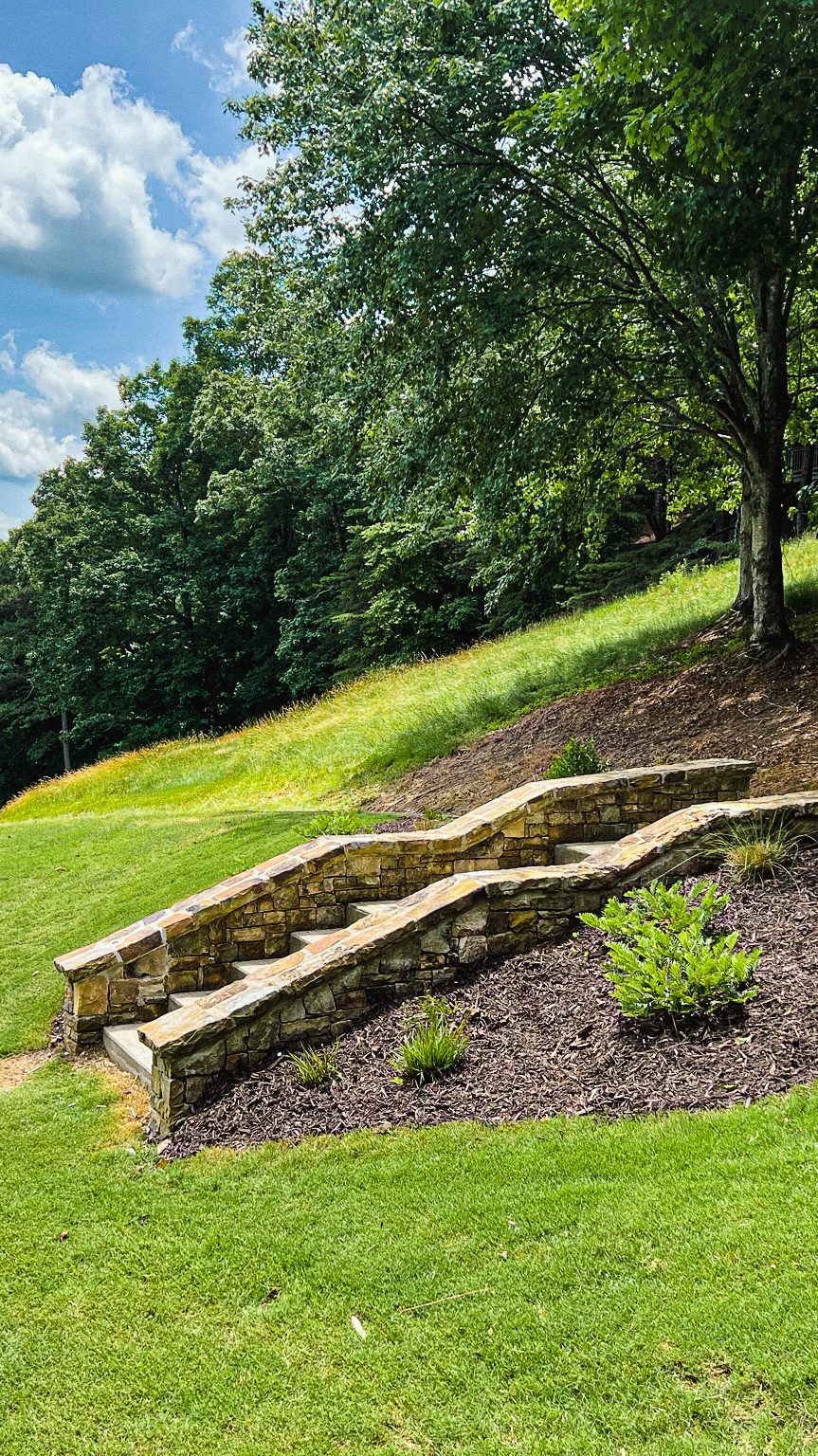
Wood Chips, Mulch, and Pine Straw
Play the ball as it lies.
Exception: Mulch is an artificial substance when used specifically to create a road or path, and it is not in a Penalty Area. Free Abnormal Course Condition (ACC) relief is allowed when your ball lies in or on such a surface, and it is a path extension to the green from a cart path or a path to a teeing ground.
150 Yard Markers
150-yard markers are considered movable obstructions.
Dropping Zones
Drop zones can be used as additional Rule 17.1 relief option (not required) for balls entering the Red Penalty Area on:
Creek 3, 9 | Choctaw 3, 9 | Cherokee 3
Provisional Ball Option
(pace of play)
Cherokee 9, Choctaw 3, 9
If there is doubt whether a ball is in or is lost in the Penalty Area on Cherokee 9 approach shot or Choctaw 3 and Choctaw 9 tee shots, the player may play another ball provisionally under any of the applicable options in Rule 17-1. Additionally, the player on Choctaw 3 may play provisionally from the DZ before going forward to search. Once going forward:
- If the original ball is found outside the penalty area, the player must continue to play with it.
- If the original ball is found in the penalty area, the player has the option to play the original ball as it lies, continue to play with the ball under Rule 17-1, or play the ball hit provisionally from the DZ.
- If the original ball is not found or identified within the three-minute search period, the player must continue with the ball played provisionally if so played.
RULES COMMITTEE: The current Big Canoe Professional Golf Staff
*Definitions:
Virtual Certainty: Although there is a very small degree of doubt, all reasonably available information shows that it is at least 95% likely that the event in question happened.
QUESTIONS?
